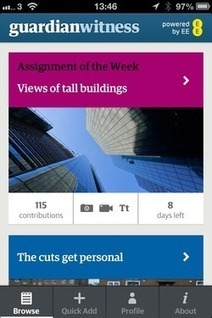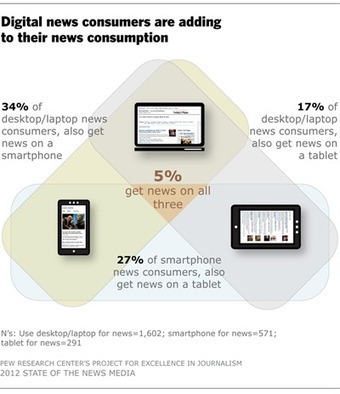I’ll admit that I’ve previously been skeptical about ideas of digital detoxes and media fasts. Instead, I’ve subscribed to Clay Shirky’s maxim: “It’s not information overload, it’s filter failure.”
But, last week, whilst attending the 2017 International Journalism Festival in Perugia, Italy, I began to change my mind. Sitting in a beautiful, cool, stone courtyard, sipping espresso and surrounded by promotional material for a local Slow Food festival, I began to sketch out some thoughts for a panel on Slow News that I had been asked to contribute to.
Ensconced in this relaxing environment, I quickly identified several reasons why news consumers, content creators and managers, could all benefit from taking their foot off the gas… Just a little bit....



 Your new post is loading...
Your new post is loading...













Slow news can save journalism? Read on.